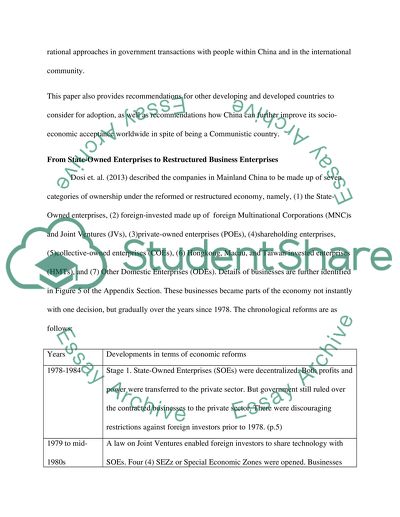Cite this document
(“The Macro & Microeconomic Of China Essay Example | Topics and Well Written Essays - 2000 words”, n.d.)
Retrieved from https://studentshare.org/macro-microeconomics/1478116-the-macro-microeconomic-of-china
Retrieved from https://studentshare.org/macro-microeconomics/1478116-the-macro-microeconomic-of-china
(The Macro & Microeconomic Of China Essay Example | Topics and Well Written Essays - 2000 Words)
https://studentshare.org/macro-microeconomics/1478116-the-macro-microeconomic-of-china.
https://studentshare.org/macro-microeconomics/1478116-the-macro-microeconomic-of-china.
“The Macro & Microeconomic Of China Essay Example | Topics and Well Written Essays - 2000 Words”, n.d. https://studentshare.org/macro-microeconomics/1478116-the-macro-microeconomic-of-china.


